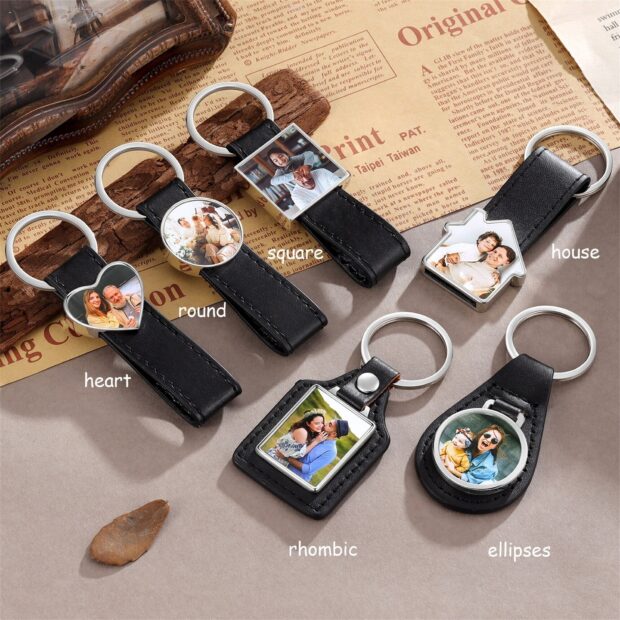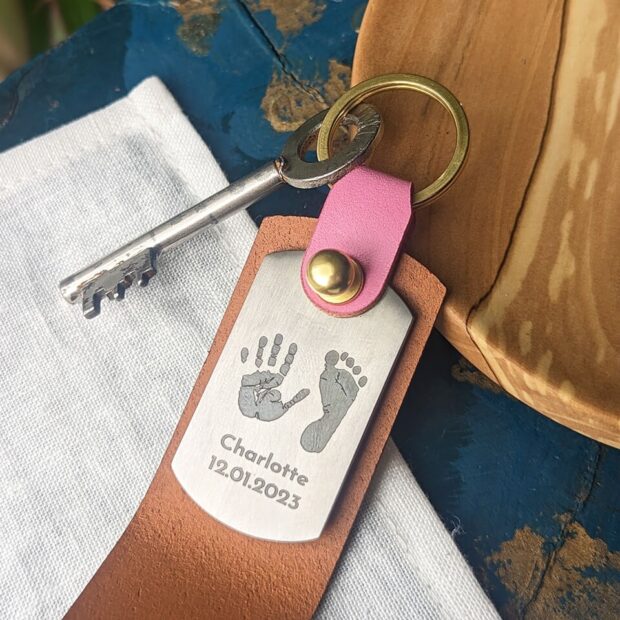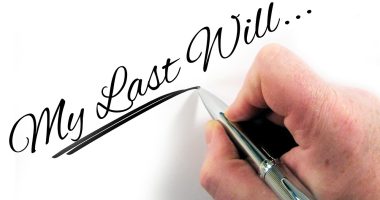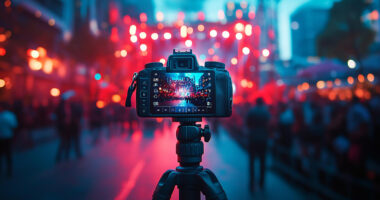Designing custom keychains is one of those creative hobbies that can quickly turn into a business. Whether you’re an artist selling at conventions or a small brand ordering bulk merchandise, the file format you use plays a crucial role in how crisp, vibrant, and durable your final product turns out.
It’s not just about making a pretty picture—it’s about handing over the right file to the printer to ensure every detail pops, every color holds, and every cut line lands exactly where it should.
From vector files to high-resolution raster images, let’s break down which formats are best for keychain printing, why it matters, and how to avoid common pitfalls that could leave your design looking fuzzy or off-center.
Why File Format Matters in Keychain Printing

Before you even think about colors or characters or clever slogans, the technical side of design needs your attention. Printers don’t just take screenshots and run with them—they need clean, precise files that tell machines exactly what to print, where to cut, and how to layer.
Using the right file format can make the difference between:
- Crisp lines or pixelated edges
- Accurate color reproduction or dull, washed-out results
- Clear cut lines or messy outlines that ruin the final look
- Fast production or emails back-and-forth asking for “better resolution”
Whether you’re printing acrylic, metal, epoxy, or wooden keychains, the same golden rules apply. Let’s dive into the top formats that designers—and printers—trust.
1. SVG: Scalable Vector Graphics
If you’re working with vector art, SVG should be at the top of your list. SVG files store your artwork as mathematical paths, not pixels, which means they’re infinitely scalable with no quality loss.
Best for:
- Clean designs with solid shapes and lines
- Logos, illustrations, line art
- Laser cutting and die-cut keychains
SVG is especially ideal when your design will be resized or needs precise outlines. It also allows transparent backgrounds, which is a must for complex cut lines or non-rectangular shapes.
Bonus tip: If your keychain printer offers custom shapes or wants a “cut line” layer, SVG makes it easy to include it as a separate path in the file.
2. AI or EPS (Adobe Illustrator / Encapsulated PostScript)

For professional designers using Illustrator, AI and EPS are go-to formats. These formats also store vector data, making them perfect for high-quality output across materials. Most commercial printers accept AI or EPS files for custom merchandise printing.
If you’re submitting designs for personalized keychains, many manufacturers—like Vograce—specifically request vector formats like AI or EPS to maintain quality and precision through the production process.
Using these formats also gives you access to:
- CMYK color mode control
- Separate layers (great for cut lines and design notes)
- Embedded fonts or outlined text to avoid compatibility issues
3. PDF: Portable Document Format

PDFs are more than just for resumes or books—they’re actually a universal design format. When saved correctly, a PDF can retain both vector and raster elements and preserve color settings, transparency, and resolution.
Use PDF when:
- You’re working with a mix of text and raster images
- You want to include design notes or mockup layouts
- You want universal compatibility (almost every printer can open it)
Make sure you export your PDF with print settings, not web settings. That means embedding fonts, flattening transparency if needed, and choosing CMYK color mode when available.
4. PNG: High-Resolution Raster for Full-Color Designs

While PNG isn’t a vector format, it’s still widely accepted—especially for complex or photorealistic artwork. PNGs support transparent backgrounds, which is crucial for keychain designs that aren’t square or rectangular.
Best for:
- Full-color designs like anime art, character illustrations, or photos
- Designers who work in Photoshop or Procreate
- Simpler production workflows with online keychain makers
If you’re using PNG, keep these tips in mind:
- Minimum resolution should be 300 DPI
- Export at the final size you want printed
- Use transparent backgrounds for die-cut designs
Avoid low-res screenshots or copied web images. They may look fine on screen but print terribly, especially on small formats like keychains.
5. PSD: Photoshop Document (When Working With Layers)
Sending a layered Photoshop file (PSD) can be useful if your printer requests the ability to isolate background, artwork, and cut lines separately. It’s also handy if the manufacturer offers in-house editing, like adding names or changing colors per unit.
When to use PSD:
- Your printer requests a layered file
- You want to show both front and back designs in one file
- You need help from the manufacturer with text placement
That said, PSDs can be large and aren’t always compatible outside Adobe environments. Always ask your manufacturer if they accept it, and consider flattening your file or saving a backup PNG or PDF version just in case.
6. Avoid These Formats (Unless You Know What You’re Doing)
JPG – It’s tempting to use JPGs because they’re everywhere, but they’re risky. JPGs compress your image and may leave you with blurriness or color shifts. They also don’t support transparency, which is often necessary for custom shapes.
GIF – This is a web format. Not for print.

DOC, PPT, or other Office formats – These don’t retain consistent layout or resolution. Printers won’t accept them.
File Format Comparison Table
| Format | Vector/Raster | Best Use Case | Pros | Cautions |
| SVG | Vector | Line art, cut shapes | Infinite scaling, easy cut line control | Can’t store raster elements |
| AI / EPS | Vector | Professional keychain artwork | Precise, CMYK-friendly | Software-specific |
| Both | Universal printing | Clean export, layer control | Must export in print settings | |
| PNG | Raster | Colorful art or photos | Supports transparency | Must be high-res |
| PSD | Raster (layered) | Editable templates | Layer flexibility | Large files, Adobe-only |
Pro Tips for Print-Ready Keychain Files

- Stick to CMYK: Printers use CMYK, not RGB. If you’re working digitally, convert your colors before exporting to avoid surprises.
- Outline Your Fonts: If you’re sending text, always convert it to outlines or embed the font in the file.
- Include Bleed and Cut Lines: Ask your manufacturer for their bleed requirements—usually around 3mm.
- Name Your Layers Clearly: If you’re submitting a layered file, make it easy for the production team to know what’s what.
- Ask for a Template: Many keychain printers offer free templates with guides. Use them—it saves headaches later.
Final Thoughts: Design Smarter, Print Cleaner
Creating custom keychains isn’t just about art—it’s about communication. And the clearest way to communicate with a manufacturer is through a clean, correct file format.
Whether you’re uploading a PNG for a photorealistic epoxy charm or delivering a cut-ready SVG for a laser-cut acrylic design, giving the printer what they need ensures your keychain looks exactly the way you pictured it. No blurry edges, no delayed emails, no mismatched colors.
Get the format right, and you’ll be one step closer to holding the perfect little piece of your creativity in the palm of your hand.




